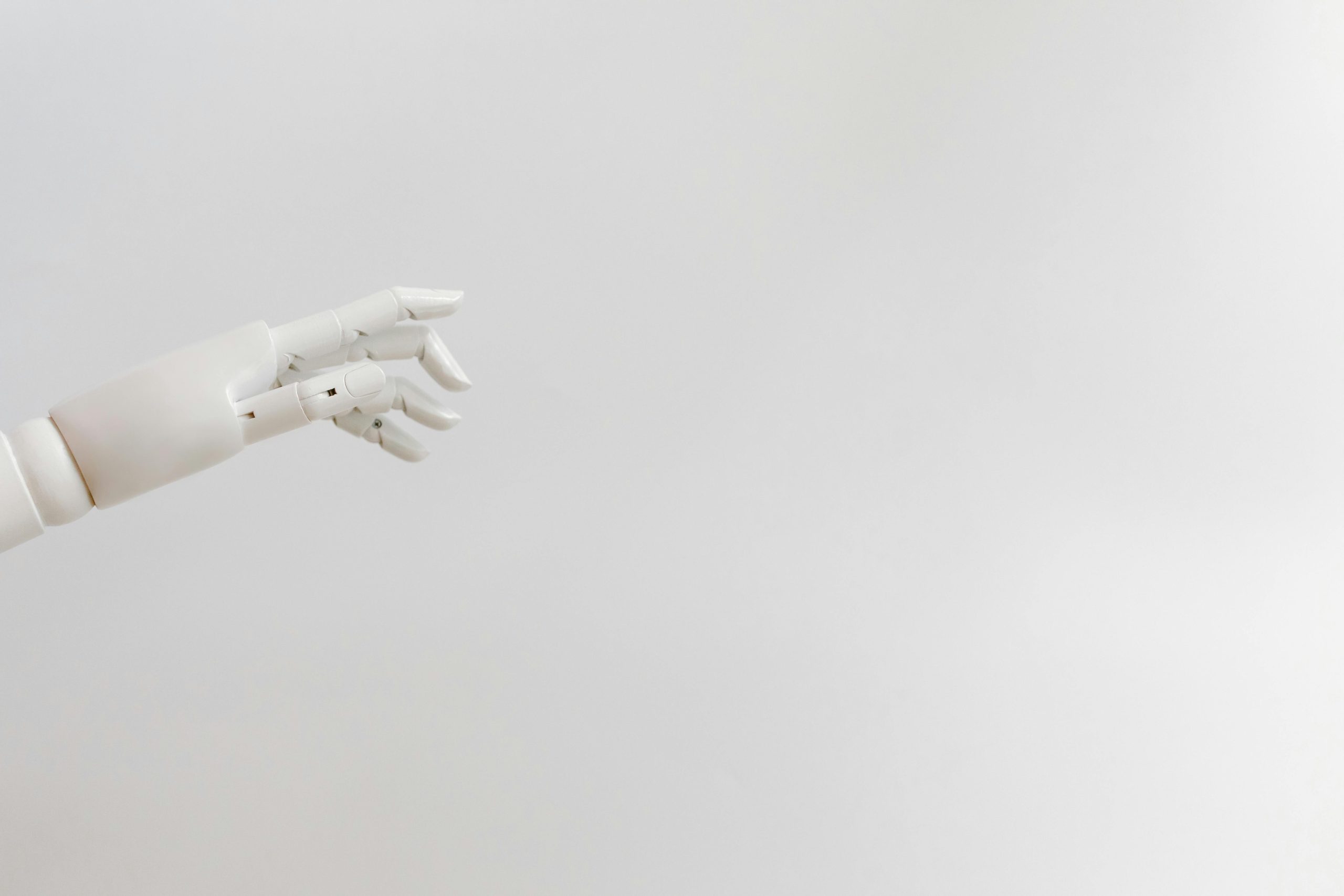YouTuber pushes gaming limits: robotic exoskeleton catapults his score to world elite

The internet is full of wild experiments, but few are as ambitious as the project carried out by YouTuber Basically Homeless, also known as Nick Zetta. Instead of sticking to traditional training in the popular aim trainer Aimlabs, he built a robotic exoskeleton that physically moves his wrist and fingers to improve aiming precision. The result? Absolutely astonishing.
For months, Zetta was stuck at around 135,000 points, a score only a small fraction of players can achieve. Instead of endless hours of practice, he wondered how far he could push human performance with the help of artificial intelligence and robotics. His custom setup combines the YOLO-powered AI vision system, Nvidia Jetson hardware, solenoids, and motors that guide his arm in real time.
The device itself looks like a 3D-printed frame strapped to the forearm. Gimbal motors handle fine wrist adjustments, Kevlar strings transmit force, and solenoids trigger the mouse clicks. A global shutter camera captures high-speed data from the screen and sends it to the AI, which instantly translates visual cues into physical movements.
Early results weren’t promising. The latency was too high, the system sluggish, and instead of boosting his aim, it actually hurt his performance. Zetta admitted he felt like he was fighting the machine for control. The breakthrough came when he learned to “let go” and fully trust the exoskeleton.
Once the latency was reduced to just 17 milliseconds and stronger motors were installed, the transformation was dramatic. His scores climbed by 12%, then 28%, then 43%, and finally by an incredible 63% compared to his baseline. This leap earned him second place on the global Aimlabs leaderboard, placing him among the world’s top aimers who traditionally rely on years of practice.
What began as a fun side project ended up showing the immense potential of combining AI and robotics to enhance human ability. Zetta’s invention is essentially a physical aimbot, but unlike software cheats, this is real-world motion — which makes it even harder to define as unfair play. While it’s unlikely that such a device will ever be allowed in tournaments, the exoskeleton raises fascinating questions about the future of human augmentation and competitive gaming.
Zetta’s robotic arm wasn’t just about climbing the rankings. It revealed how technology can blur the lines between human skill and mechanical assistance, pushing us to reconsider what “performance” truly means in the digital age.
Photo source: www.pexels.com
Author of this article
WAS THIS ARTICLE HELPFUL?
Support us to keep up the good work and to provide you even better content. Your donations will be used to help students get access to quality content for free and pay our contributors’ salaries, who work hard to create this website content! Thank you for all your support!




OR CONTINUE READING